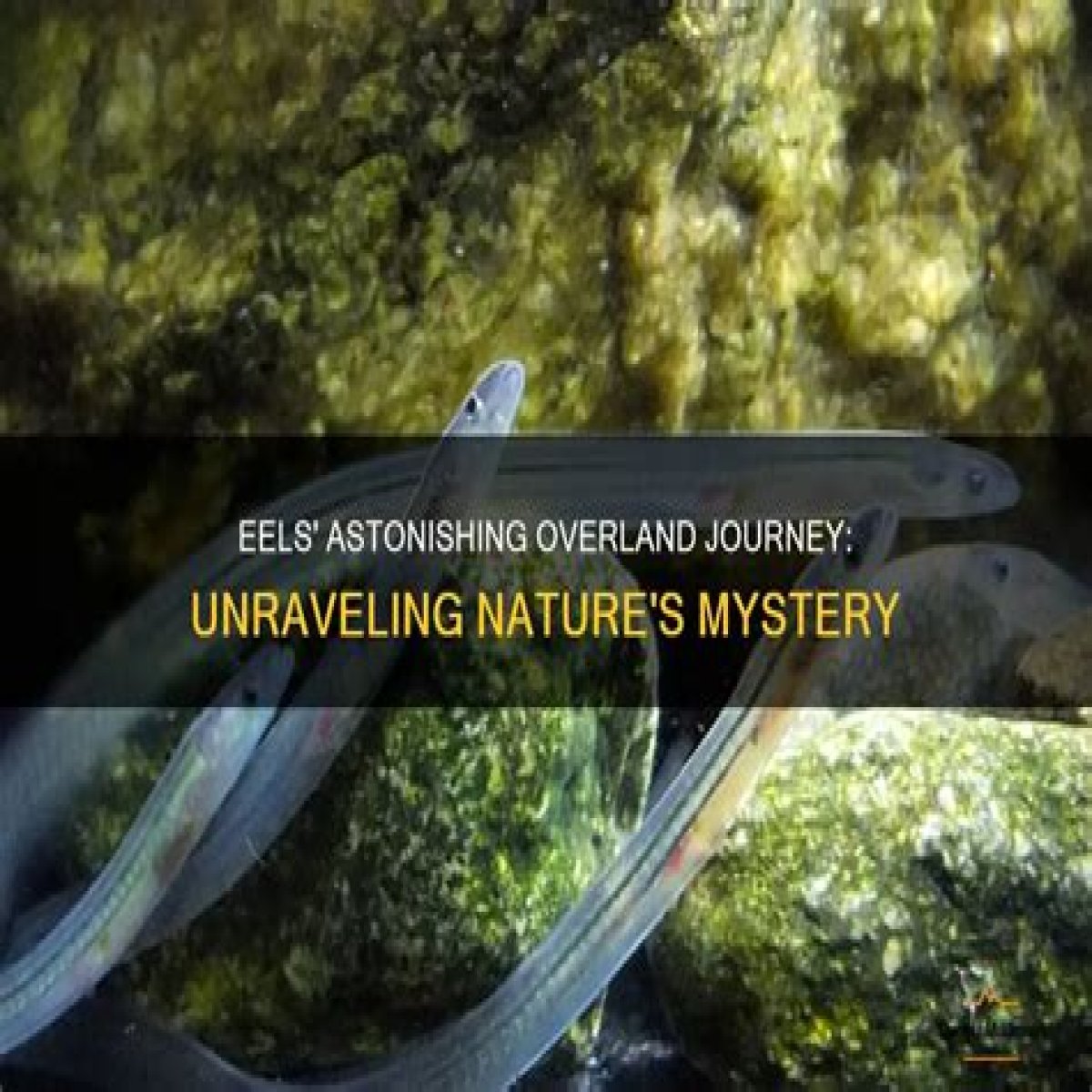The Bermuda eel rat, a creature shrouded in enigma, has captured the curiosity of wildlife enthusiasts and researchers alike. This intriguing animal is known for its unique adaptations and mysterious behaviors, making it a subject of fascination in the realm of zoology. Found specifically in the Bermuda Islands, this rodent exhibits characteristics that are both rat-like and eel-like, sparking debates about its classification in the animal kingdom. As we delve deeper into the world of the Bermuda eel rat, we will explore its habitat, diet, and the reasons behind its unusual name. With climate change and habitat destruction threatening numerous species, understanding the biology and ecology of the Bermuda eel rat is more critical than ever.
In a world where many species are on the brink of extinction, the Bermuda eel rat serves as a reminder of how diverse and unique ecosystems can be. This rodent is not just a simple creature; it embodies the rich tapestry of life found in Bermuda's lush landscapes. By studying the Bermuda eel rat, scientists can gain invaluable insights into evolutionary adaptations and the intricate relationships between species in their environment.
As we continue our exploration of the Bermuda eel rat, we will address several key questions that arise about this fascinating animal. What are its defining characteristics? What role does it play in the ecosystem? And how can we ensure its survival in a rapidly changing world? Join us as we uncover the secrets of the Bermuda eel rat and the vital importance it holds in our understanding of biodiversity.
What is the Bermuda Eel Rat?
The Bermuda eel rat, or as it's scientifically known, the "Bermudian Eel-Rat," is a small mammal endemic to the Bermuda Islands. It possesses a long, slender body and a tail that resembles that of an eel, which gives rise to its unusual name. Its fur is often dark, providing excellent camouflage among the dense foliage of its natural habitat.
Where Can You Find the Bermuda Eel Rat?
This unique creature primarily inhabits coastal regions, marshes, and dense underbrush, where it can easily find food and shelter. The Bermuda eel rat thrives in areas rich in biodiversity, often cohabiting with various bird species and other small mammals. Unfortunately, urban development and habitat destruction have led to significant challenges for the survival of this species.
What Does the Bermuda Eel Rat Eat?
The diet of the Bermuda eel rat primarily consists of fruits, seeds, and small invertebrates. This omnivorous diet allows it to adapt to changes in its environment and food availability. The Bermuda eel rat is also known for its foraging skills, often scavenging for food in areas where other animals may not venture.
What Are the Threats Facing the Bermuda Eel Rat?
Despite its resilient nature, the Bermuda eel rat faces several threats. The most significant of these is habitat loss due to urbanization and agricultural expansion. Invasive species, such as cats and rats, also pose a considerable risk, preying on the Bermuda eel rat and competing for resources.
How Are Conservation Efforts Addressing These Threats?
Conservation organizations have recognized the plight of the Bermuda eel rat and are working tirelessly to protect its habitat. Initiatives include:
- Establishing protected areas to preserve natural habitats.
- Implementing programs to control invasive species populations.
- Conducting research to better understand the Bermuda eel rat's behavior and ecology.
What Can We Do to Help the Bermuda Eel Rat?
As individuals, we can contribute to the conservation of the Bermuda eel rat by:
- Supporting local conservation efforts and organizations.
- Advocating for responsible land use and environmental protection policies.
- Educating others about the importance of biodiversity and the roles of lesser-known species.
Conclusion: The Importance of the Bermuda Eel Rat
In conclusion, the Bermuda eel rat is more than just an unusual rodent; it is a vital part of the Bermuda ecosystem. By understanding its habits, diet, and the threats it faces, we can take meaningful steps toward its conservation. As we continue to explore the wonders of nature, let us not forget the unique creatures that contribute to the rich tapestry of life on our planet.
Unveiling The Fascinating World Of Cambro TVDiscovering Tylil Little Sister: A Journey Of Love And BondingBreckie Hill & Johnny Sins: A Unique Connection In The Spotlight
